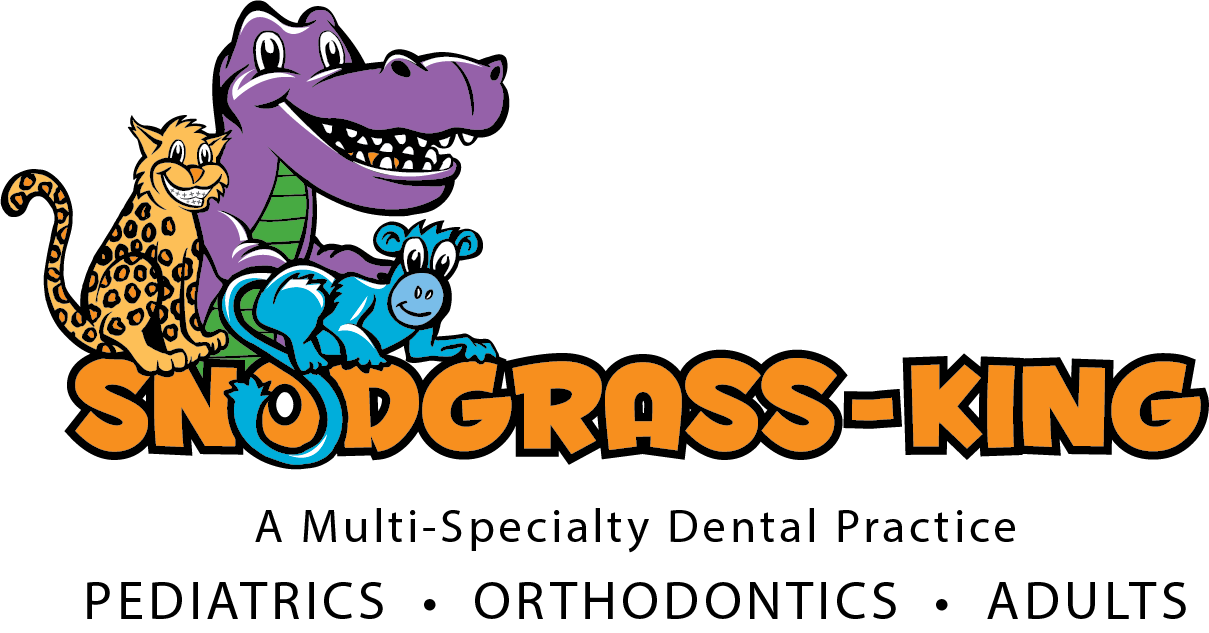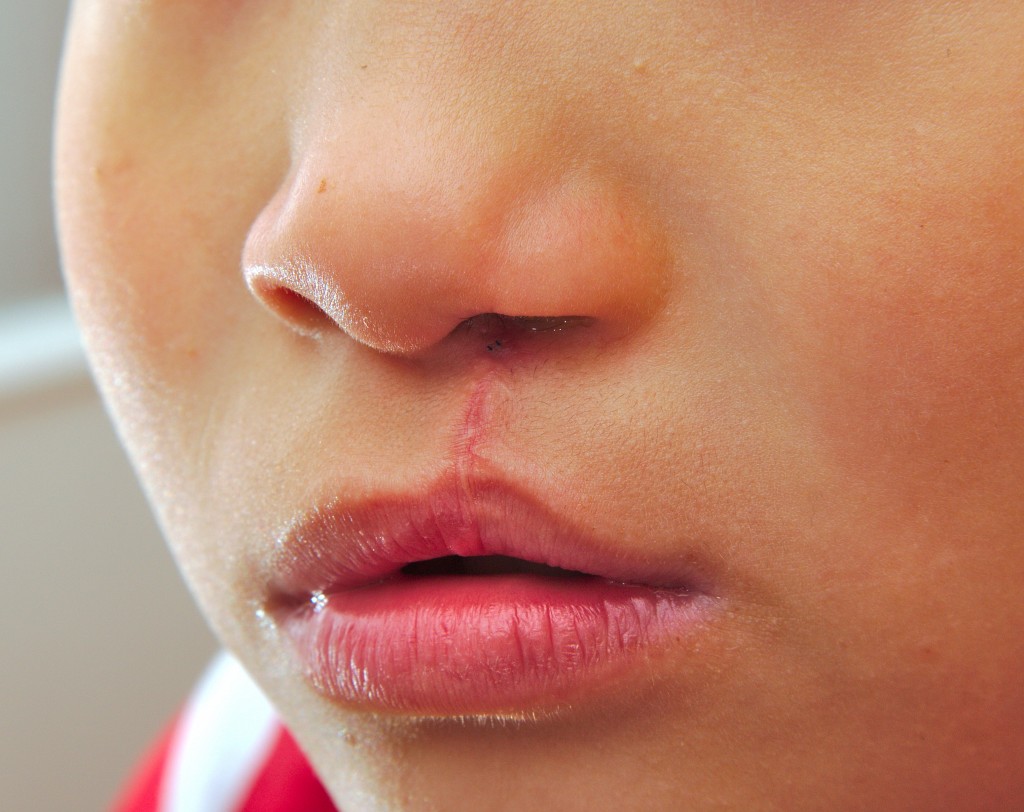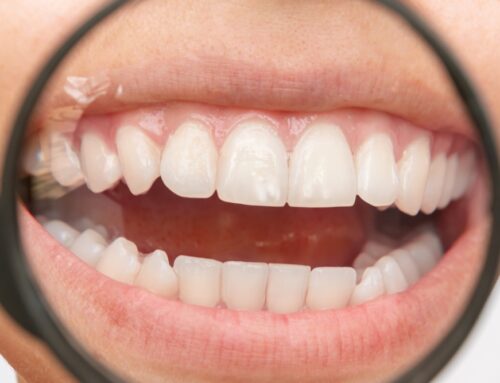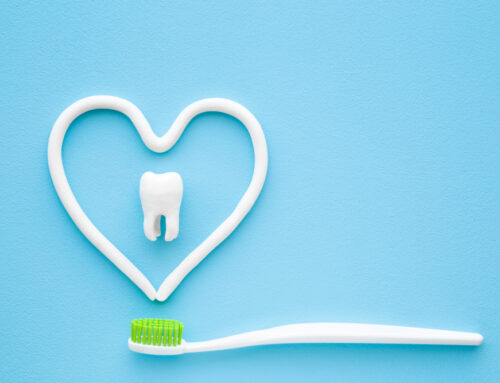Commonly Heard of Genetic Oral and Dental Abnormalities
Did you know that genetic disorders or diseases are caused by an abnormality or mutation that occurs in one’s DNA / a gene? Oral and dental abnormalities can be found in people of all ages, races, and backgrounds. Unfortunately, these genetic issues can further interrupt the mouth’s development, as well as the growth and health of other parts of the body.
The following are a handful (but not all) of genetic oral and/or dental abnormalities:
Anodontia
While anodontia may be rather rare, it is a well-known genetic disorder. Anodontia is a hereditary condition known for leaving a patient fully without teeth because they just never grow in. This is generally seen with a lack of permanent teeth, though it can also affect baby teeth. Others may simply experience hypodontia or missing a select few teeth rather than all.
Cleft Lip / Palate
Cleft lips and cleft palates are two of the most common craniofacial abnormalities. When a lip or palate is cleft, the tissue did not properly fuse or form – leaving an opening in the tissue. This malformation is easily diagnosed aesthetically at birth. A family history of cleft lips/palates increases the chances of your children being born with one or both.
Gingival Fibromatosis
An overgrowth of the gum tissue is known as gingival fibromatosis (gingival overgrowth), also a rare condition. There are different severity levels – the most extreme of which involves the gums’ excess tissue covering the crowns of the teeth and leading to issues like bone loss, excess bacteria production, and bleeding. Ouch!
Malocclusion
If your teeth are crowded due to too many or too few teeth, or even because of a misaligned jaw, you may be experiencing malocclusion. This bad bite is also known as a crossbite, overbite, underbite, or open bite depending on the misalignment, which varies. Other genetic oral/dental issues like a cleft palate can also lead to this generally inherited abnormality.
Supernumerary Teeth
Also known as hyperdontia, supernumerary teeth are described as having too many permanent teeth. Most often only one extra tooth is present, abnormally shaped, and can actually delay other teeth from erupting straight or at all. Your dentist may recommend having this tooth extracted.
Some teeth disorders come about in primary development, while others impact secondary development. Whether the issue is genetic periodontal disease or amelogenesis imperfecta, there are many hereditary oral/dental anomalies that can be corrected or aided with dental work. If you think that you or your child may have something wrong with your mouth, contact your dentist. Even those who are more susceptible to tooth decay could be linked to genetic issues, say researchers. At Snodgrass-King Dental Associates, we have specialists to care for your every dental need from birth to adulthood. Request your appointment with us today!






